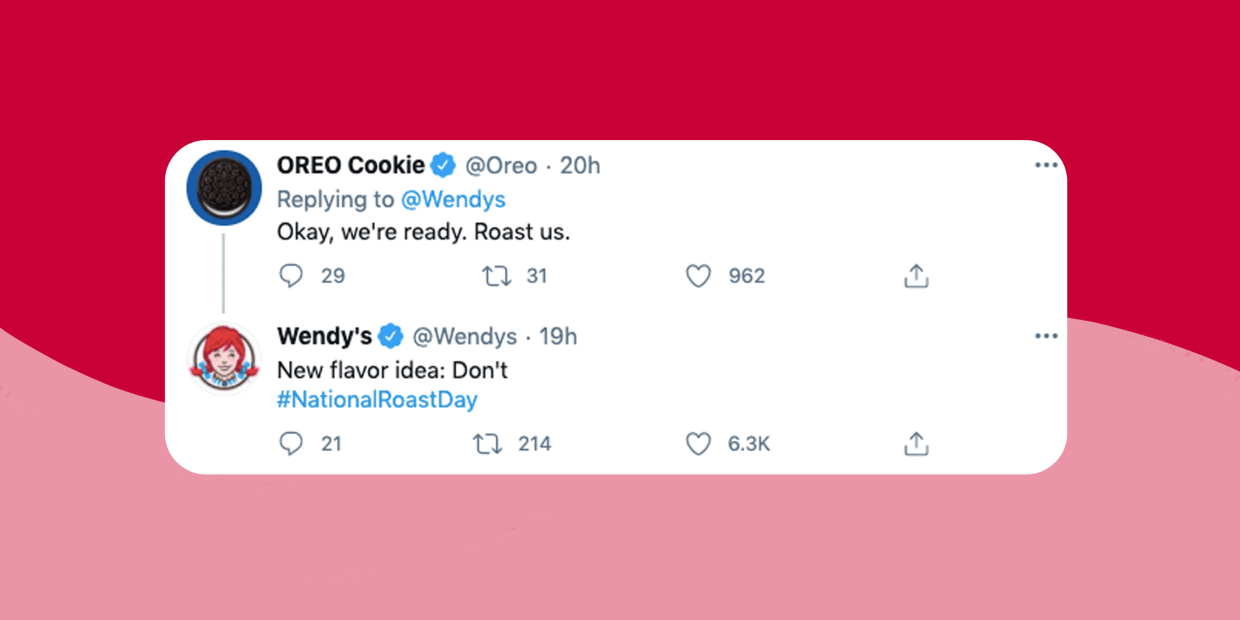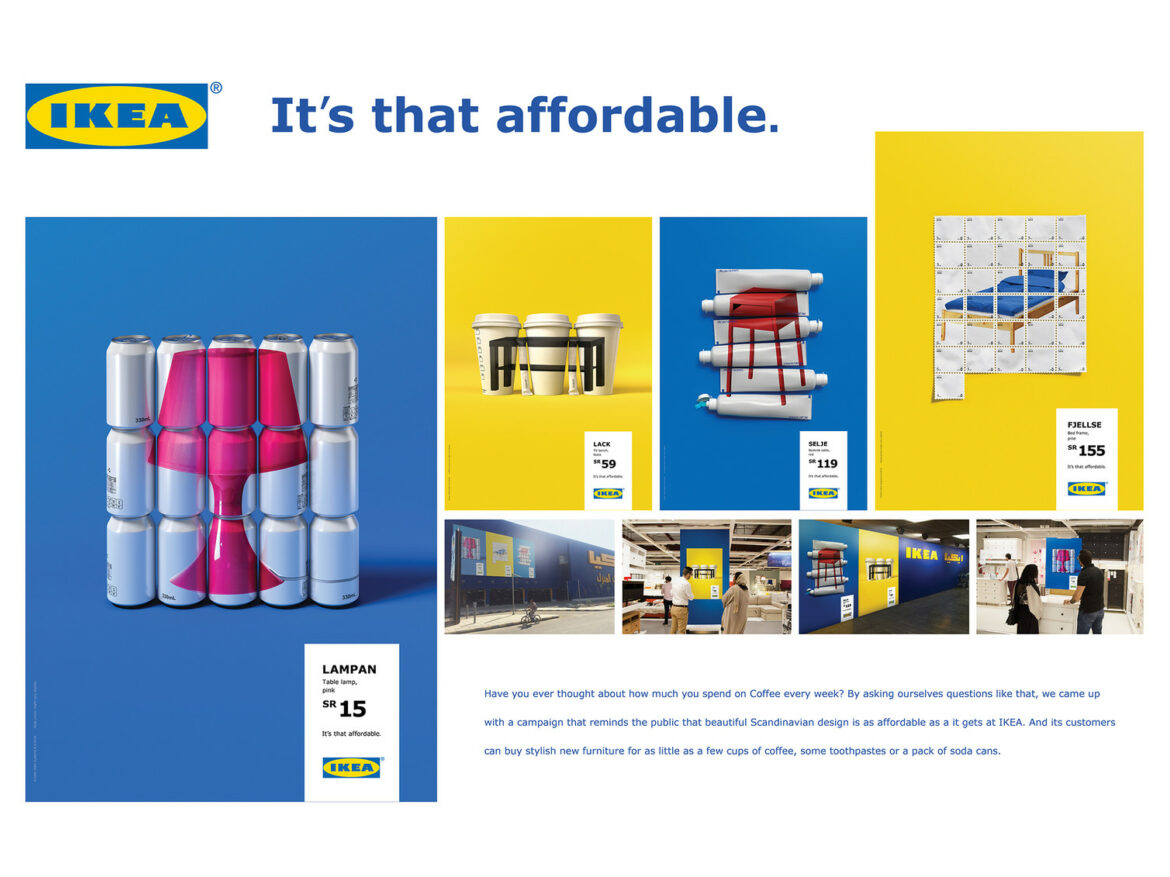|
Getting your Trinity Audio player ready...
|
Every business wants to stand out in the market and build a strong brand image. A company’s brand is its lifeline, which needs to be carefully nurtured and managed. But what are the components of effective branding?
Branding is about creating an identity for your business that makes it unique from others. For effective branding, every company must work on certain visual elements that help make their brand memorable amongst customers.
Digital marketing can provide numerous benefits to any business wanting to spread awareness of its brand and increase sales. In this article, we will discuss the advantages of using digital marketing as a means of growing your business, helping you get ahead of the competition, and expanding your customer base.
Brand Elements
Brand elements are the fundamental building blocks that collectively form a brand’s identity and distinguish it from competitors in the market.
What are brand identity elements?
The brand elements of your business, such as your name, logo, and color scheme, play a crucial role in creating a consistent and recognizable image for your company. They are the building blocks of your brand identity and help to differentiate you from your competitors.
Having well-defined brand elements is vital for the success of your business. They serve as the foundation for all of your communication and marketing efforts, from your social media posts and website design to the font you use in your promotional materials. Everything your business does should align with your brand elements to create a cohesive brand image.
It is necessary to develop brand elements for your business if you want it to succeed, and we’ll explore each one in this article.
Why are Brand Elements Important?
Brand elements matter because they are crucial in establishing and reinforcing your brand’s identity. A strong brand identity helps you differentiate your business from your competitors and creates a memorable, recognizable image in the minds of your target audience. By creating a consistent look and feel for all your brand elements, you can build brand awareness, customer loyalty, and trust.
Your brand elements, such as your logo, color scheme, and typography, are an essential component of your business’s visual identity and can have a significant impact on how customers perceive your brand. For example, your logo should be simple, memorable, and easily recognizable, while your color scheme should reflect your brand’s personality and values.
Having clear brand elements also makes it easier to maintain consistency across all marketing materials, including websites, social media, packaging, and advertising. A consistent look and feel can increase brand recognition, making it easier for customers to identify your brand in a crowded market.
Frankly, brand elements are a crucial aspect of building a strong brand identity. They help you stand out from your competitors, build brand recognition and loyalty, and reinforce your brand’s message and values to your target audience.
Types of Brand Identity Elements
1. Brand Name
The brand name is a crucial aspect of your brand identity, as it is the first thing people will associate with your business. The name of your business sets the tone for all future interactions with your customers and should accurately reflect the products and services you offer.
When selecting a brand name, it is important to consider its memorability, uniqueness, and relevance to your business. A memorable brand name makes it easier for customers to recall your brand and makes it easier for them to recommend your business to others.
A unique brand name sets your business apart from your competitors, making it easier for customers to recognize and differentiate your brand. And a relevant brand name will help your customers understand what your business offers at a glance.
It is also advisable to choose a brand name that is short and sweet, making it easy to remember and less likely to be misspelled or misinterpreted. The last thing you want is for customers to confuse your brand with a similar-sounding competitor.
2. Brand logo
Your brand logo is often the most recognizable aspect of your visual identity and is an essential part of your brand elements. It can communicate the essence of your brand and set you apart from your competitors. A strong, memorable logo can help establish your brand equity, increasing the perceived value of your products or services.
For many well-established brands, such as Pepsi and Nike, the logo itself has become a symbol of high quality and excellence, instantly recognizable to consumers. A logo that effectively blends various brand elements, including color, font, shape, and graphics, can make a significant impact on your marketing efforts.
When designing your logo, it’s important to aim for simplicity and uniqueness. Your logo should be versatile and recognizable both online and offline, and it should fit inside a circle for the best visibility on social media platforms. By having a well-designed logo, you can build a strong brand identity that sets the tone for all your marketing materials and helps establish your company as a trusted and reputable brand.

3. Brand colors
The use of brand colors is a crucial aspect of visual branding. By using specific colors in all of your visual materials, you can establish a strong brand identity that sets you apart from others. Brands like Tiffany & Co. have become known for their signature color, such as the robin egg blue of their jewelry boxes, which is now commonly referred to as Tiffany blue.
Colors play a significant role in evoking emotions in customers, and understanding the meanings and symbolism of different colors can help you communicate with your target audience effectively. For example, yellow is often associated with joy, while black is seen as elegant and sophisticated.
To achieve a consistent visual identity, it’s recommended to create a core color palette of 1-3 colors along with secondary colors to use in your marketing materials. A color palette helps you maintain consistency while also reinforcing the emotions and values that your primary colors represent. The Adobe Color Wheel is a great tool to use in choosing a color palette that appeals to your ideal customers.

4. Tone and Voice
The tone and voice of your business play a crucial role in shaping the public perception of your brand. These elements refer to the personality and character that your brand exudes when communicating with customers through marketing materials, including emails, website content, and social media posts.
Your tone and voice can evoke specific emotions and convey your brand’s unique personality, making your business stand out in a crowded market. For example, Starbucks has created a unique brand voice through its use of branded vocabulary, spelling customer names in a distinctive way, and incorporating humor into its marketing communications.
When selecting a tone and voice, it’s important to choose one that aligns with your business offerings and target audience. This will ensure that all words and language used by your business are consistent and reflective of your brand’s personality.
One of the most effective ways to establish and maintain your brand’s tone and voice is through the consistent and strategic use of language in your marketing materials. Wendy’s, for example, has developed a distinct social media persona that is characterized by its snarky and sassy tone, setting it apart from other fast food chains.
So, your tone and voice are integral components of your brand identity that can help you communicate with customers and shape their perceptions of your brand. By selecting a tone and voice that aligns with your business offerings and target audience, you can establish a unique and memorable brand personality that sets you apart from competitors.

5. Brand Positioning
Positioning refers to the specific niche a brand occupies in the market. It’s not just about what a brand has to offer to its customers, but also about how it differentiates itself from its competitors in terms of price, quality, and unique selling points.
A brand’s positioning has a direct impact on its overall branding strategy. For example, a brand that positions itself as the most economical option in its market might choose colors like yellow and orange that communicate value, and have a simple, friendly, and optimistic brand voice. On the other hand, a brand that positions itself as a more exclusive option might opt for darker colors and a more mysterious brand voice.
Positioning involves more than just standing out in the market, though. It also involves the brand’s interactions with other brands, both within its industry and from other industries. This is where branding and positioning overlap, as the brands a company partners with, including influencers, play a significant role in shaping the perception of the brand in the eyes of the public.
For example, IKEA is a furniture retailer that is known for its affordable and functional furniture design. Their brand positioning is centered around offering stylish and practical furniture for the everyday person. Their branding reflects this positioning through their minimalist and functional design, blue and yellow in their logo and store signage, and their approachable and down-to-earth brand voice.
For example, their tagline “Affordable solutions for better living” and the design of their stores, with functional showrooms and flat-pack products, reinforce their brand promise to offer practical and cost-effective furniture. They also partner with other brands that align with their values, such as offering sustainable and environmentally friendly products, further solidifying their position in the market as a responsible and affordable furniture retailer.

6. Slogan
A brand slogan is a succinct, memorable phrase that encapsulates the brand’s unique position and personality in the market. When choosing a slogan, it’s important to consider the nature of your business and the message you want to convey to your customers.
For example, a humorous slogan might not be the best choice for a financial institution, as it could convey a carefree attitude towards customers’ finances, which is not ideal for a business handling money. On the other hand, a slogan like “Tastes So Good, Cats Ask for it By Name” from Meow Mix effectively conveys the brand’s superiority and sets them apart from other pet food brands. Another example is Coca-Cola’s slogan, “Open Happiness,” which conveys the joyful emotions the brand hopes to evoke in customers when they drink their beverage. Or Dunkin’s “America Runs On Dunkin,” from coffee company Dunkin’.
While a brand slogan should have longevity and be memorable, it shouldn’t remain stagnant. Over time, the brand may evolve and change, and it’s important to keep the slogan current and in line with the brand’s values and image. Regularly refreshing your slogan ensures that it accurately reflects what your brand stands for and how customers perceive it.

7. Typography
Typography is a critical component of your brand’s visual identity. It involves choosing the right font style that complements your logo and represents your brand’s personality effectively. The typography you select should align with your brand’s essence and evoke the desired emotions and feelings among your target audience.
It’s important to use the same font consistently across all your brand’s materials, from email signatures to billboards, to ensure that your branding remains cohesive and recognizable. By using a consistent font, you create a recognizable look for your business that is easily associated with your brand.
A good example of this is Spotify, the popular music streaming service. They use a clean, sans-serif font that is consistent throughout their platform and all their marketing materials, making it easy for their audience to recognize and associate with their brand.

8. Graphics and Images
Graphics and images play a crucial role in defining your brand. They are visual elements that provide a visual representation of your brand and communicate your message to your target audience. From your logo to the images you share in your marketing emails, all of these elements contribute to the overall look and feel of your brand.
Consistency is critical in graphics and images, especially if you are using them in marketing campaigns. Using the same filters, cropping, color schemes, and styles across all platforms and materials creates a coherent visual identity and makes your brand easily recognizable.
A good example of consistent graphics and images in branding is Apple Inc. The technology giant consistently uses clean and simple product shots in their advertisements and marketing materials, with white backgrounds and the product placed center stage. This allows the focus to remain on the product and its features, rather than the design elements in the background.
Additionally, Apple also uses a consistent color palette of silver, white, and black, which further strengthens its brand identity through the use of visual elements.

9. Sound
A jingle can be a great way to help increase name recognition for a brand. A catchy phrase or song can stick in the minds of customers, making it easier for them to remember and think about a particular brand.
A good example of this is ESPN’s Sports Center introduction, which has become so recognizable that people can recall the first two notes of their signature jingle.
Other brands have also used this marketing strategy with success, such as Campbell with their ‘Um um good’ jingle and Intel Inside with their unique music tone. Jingles can be used as an effective tool in creating brand identity by helping people easily remember and recognize a company or product.
Stand Branding
Your branding elements are crucial tools that play a major role in making your company more memorable and easily recognizable to your target audience. To establish a strong brand identity, start by choosing a distinctive brand name that accurately represents your business. Then, develop your visual identity, including your typography, brand colors, and logo, along with a memorable tagline.
To ensure that your brand identity remains consistent, make sure to use these elements consistently across all platforms and in all of your marketing efforts. Whether you are just starting or looking to take your branding strategy to the next level, consider utilizing our brand marketing guide for tips on how to connect with customers and build a strong brand identity.
Ready to take your brand to the next level? At The Brand Shop, we specialize in helping businesses create a strong, recognizable brand identity. Our team of experts will work with you to develop a comprehensive brand strategy that sets you apart from the competition. Don’t wait, contact us today and discover the power of a memorable brand!
